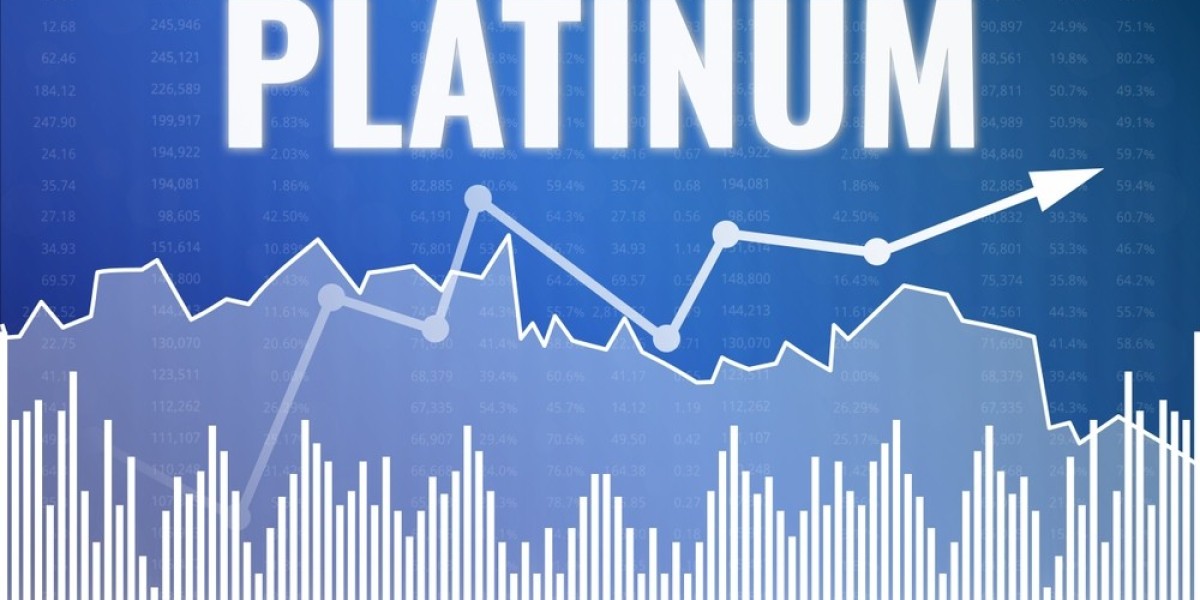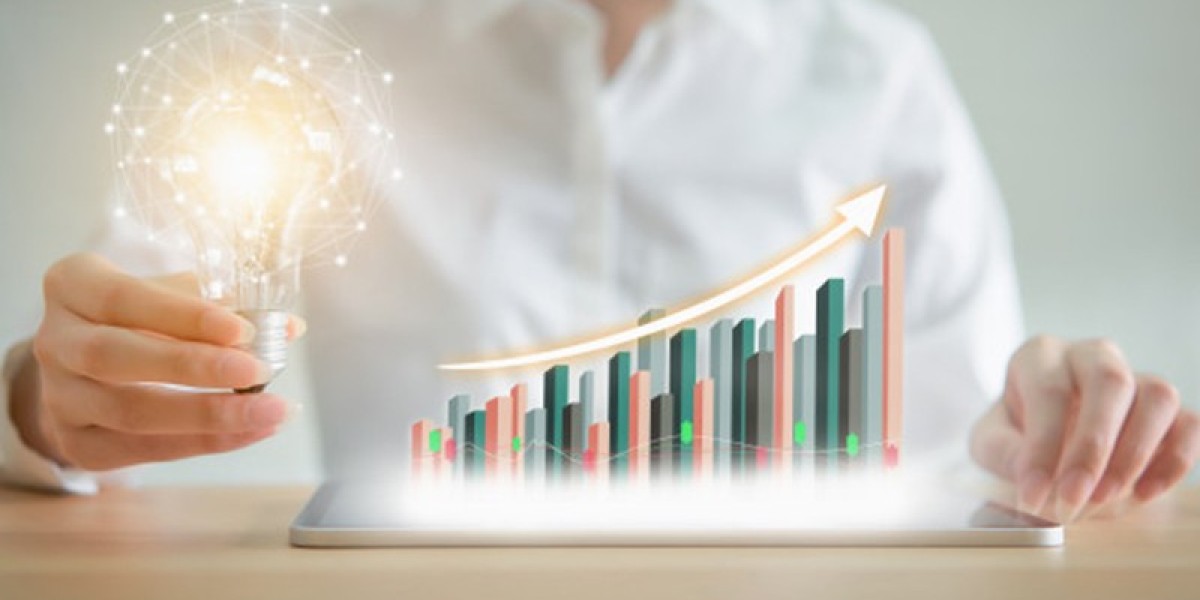Platinum, often referred to as "the noble metal," holds a unique position in the commodities market due to its rarity, versatility, and various industrial applications. As investors seek to navigate the complexities of the commodities landscape, understanding the factors that influence platinum prices and forecasting future trends becomes paramount. In this comprehensive analysis, we'll delve deeper into the dynamics of the platinum market and provide insights into what investors can expect in the coming years.
Understanding Platinum Market Dynamics
To gain a comprehensive understanding of platinum prices, it's essential to dissect the intricate dynamics of the platinum market. Platinum's diverse applications across industries such as automotive, jewelry, electronics, and industrial processes contribute to its demand profile. The delicate balance between supply and demand, coupled with economic indicators and geopolitical events, dictates the ebbs and flows of platinum prices.
Platinum's primary use in catalytic converters for vehicles is well-known, but its applications extend far beyond that. In the automotive sector alone, platinum is used not only in catalytic converters but also in spark plugs and oxygen sensors. Additionally, platinum's properties, including its resistance to corrosion and high melting point, make it indispensable in various industrial processes, such as petroleum refining, chemical manufacturing, and electronics production.
Numerous factors exert influence on platinum prices, shaping its future trajectory:
1. Supply and Demand Dynamics: The fundamental principle of supply and demand is central to understanding platinum prices. Supply disruptions, whether due to labor strikes, regulatory changes, or geopolitical unrest in major platinum-producing regions like South Africa and Russia, can lead to shortages and subsequent price spikes. Conversely, shifts in demand from key industries can impact prices as well.
2. Economic Indicators: Economic indicators, such as GDP growth, industrial production, and inflation rates, play a significant role in determining platinum prices. Robust economic growth typically translates to increased demand for platinum in industrial applications, while economic downturns may suppress demand, leading to price declines.
3. Geopolitical Events: Geopolitical tensions, trade disputes, and regulatory changes can inject volatility into the platinum market. Events like sanctions on major platinum-producing nations or disruptions to supply chains due to geopolitical unrest can unsettle market dynamics and amplify price fluctuations.
4. Technological Advancements: Technological innovations and advancements in industries utilizing platinum, such as hydrogen fuel cells and electronics manufacturing, can drive demand and impact prices. The evolving landscape of clean energy and electric vehicle technologies also shapes the future demand outlook for platinum.
While forecasting platinum prices with absolute certainty is challenging, several trends merit consideration:
1. Electric Vehicle (EV) Revolution: The global transition towards electric vehicles (EVs) presents both challenges and opportunities for platinum prices. While the decline in demand for platinum in traditional internal combustion engine vehicles may dampen prices, the burgeoning demand for platinum in hydrogen fuel cells for EVs could offset this decline. Additionally, platinum's role in EV battery technology and charging infrastructure presents new avenues for demand growth.
2. Industrial Demand: Platinum's critical role in various industrial processes underscores its enduring demand. As industries continue to innovate and evolve, platinum remains a vital component in chemical manufacturing, petroleum refining, and electronics production. Technological advancements and the proliferation of new applications are poised to bolster industrial demand for platinum in the future.
3. Investment Demand: In an era of economic uncertainty and volatile financial markets, precious metals like platinum serve as sought-after safe-haven assets. Heightened investment demand for platinum as a store of value and portfolio diversification tool could underpin prices, particularly during periods of market turbulence. Additionally, the rise of exchange-traded funds (ETFs) and other investment vehicles focused on precious metals could further bolster demand.
4. Supply Constraints: Despite its critical importance, platinum mining remains concentrated in a few key regions characterized by operational challenges and geopolitical risks. Supply disruptions, whether due to labor strikes, regulatory changes, or environmental concerns, could constrict supply and propel prices upward. Additionally, the depletion of existing platinum reserves and the challenges associated with discovering new deposits could exacerbate supply constraints in the long term.
In conclusion, platinum prices are subject to a myriad of factors, including supply and demand dynamics, economic indicators, technological advancements, and geopolitical events. While predicting precise price movements is inherently uncertain, investors can navigate the platinum market effectively by staying informed, conducting thorough analysis, and considering key trends shaping future demand. By leveraging insights into market dynamics and employing prudent investment strategies, investors can position themselves to capitalize on opportunities and mitigate risks in the dynamic landscape of the platinum market.
To Get Real-Time Price of Platinum Visit: https://pricevision.ai
Source: https://bresdel.com/blogs/450746/Platinum-Prices-Forecast-What-Future-Trends-Can-Investors-Expect








